How to Prepare Walls for Painting

Having cohesion in between painting colours and surface is crucial. It's all about the small details of the surface and thoughtful preparations that result in satisfying painting outcome. Preparing a wall properly for painting may require extensive preparations, but at the end of the day, it's always worth the investment.
So here is a step by step wall preparation guide you must follow before painting both the interior and exterior surfaces.
Step 1: Pressure washing
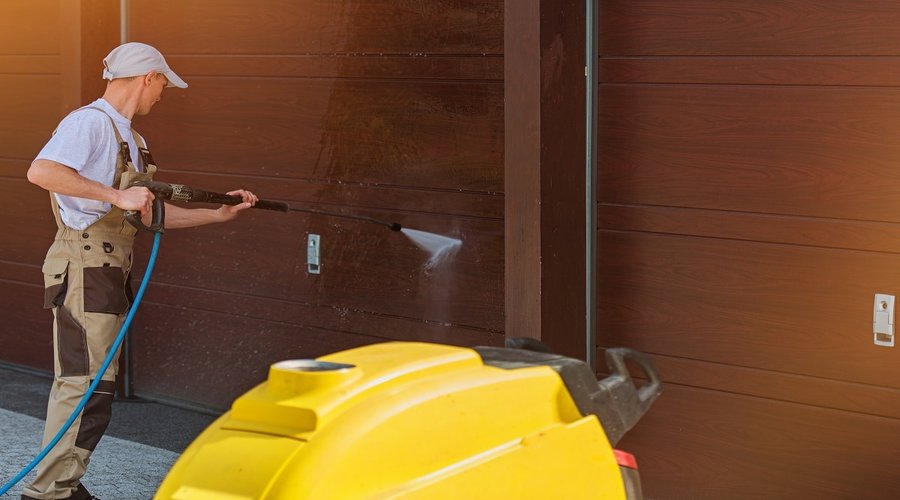
Exterior surface is generally exposed to grimes, UV colour and different weather conditions. Give your exterior walls a thorough rinse or power wash with garden hoses, and anti-mould solution. Let the surface dry completely so that the paints adhere properly onto the surface, not to the mildews and grimes.
Interior surface doesn't require a heavy wash-up like exterior surfaces. With a soapy solution like Sugar soap and towel, you can clean up the residues from the walls. For kitchen grease and smoke stains, you can use TSP (Tri Sodium Phosphate) solution may be preferred.
Step-2: Scrapping and sanding
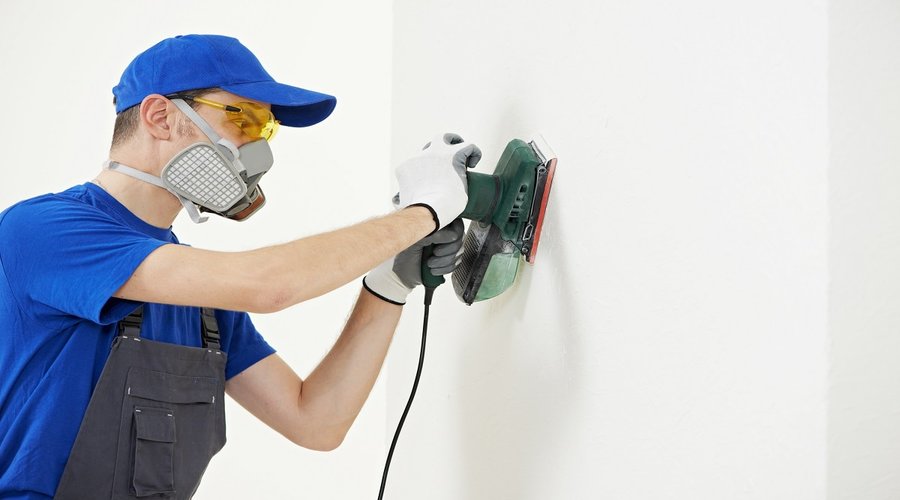
This step is especially applicable for previously painted interior or exterior surface. You need to scrap off previous paints thoroughly with long strokes. Scrapping is essential not just to get rid of the old flaking paints, but also to weed out the efflorescence, blistering, cracking and other surface defects.
After the scraping phase, gentle scuffing with sandpaper helps to smoothen ridges or dents to a sound edge and makes the surface fairly even for better painting finish.
Step-3: Surface filling/ base coating
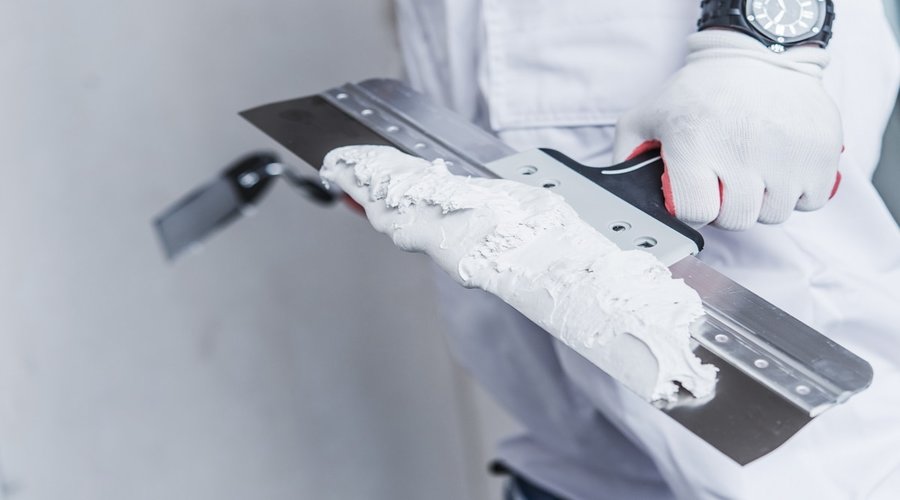
With joint compound and filling knives, consider concealing the small imperfects like patch holes, nail heads etc. to keep the surface smudge free. Once the filling procedure is done, finish it up by sanding off to a sound edge.
With base coats and gentle brushes of rollers, you can conceal the cracks on the surface. Two thin patch coats are considerably more adhesive than one thick coat, so texture your surface according to your surface needs.
Step-4: Priming and spot priming
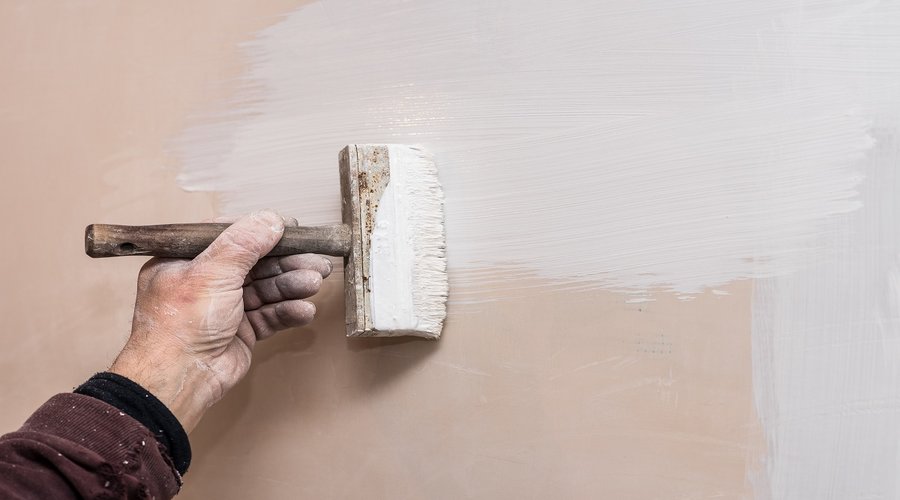
Exterior surface requires good exterior primer that effectively prevents the chemical reaction and moisture from getting into the substrate. On most new, unpainted exterior surfaces, a single coat of primer is adequate. However, for an old and damage-prone outer surface, highly advanced acrylic-polymer primers are better.
Depending on preferable interior painting outcome (glossy or rough finish), pick oil or Acrylic primer for sleek surface or Plasterboard primer for a porous surface. To make your surface 100% smudge-free before the painting job, consider spot priming the stained areas.
Step-5: Paint swatch testing
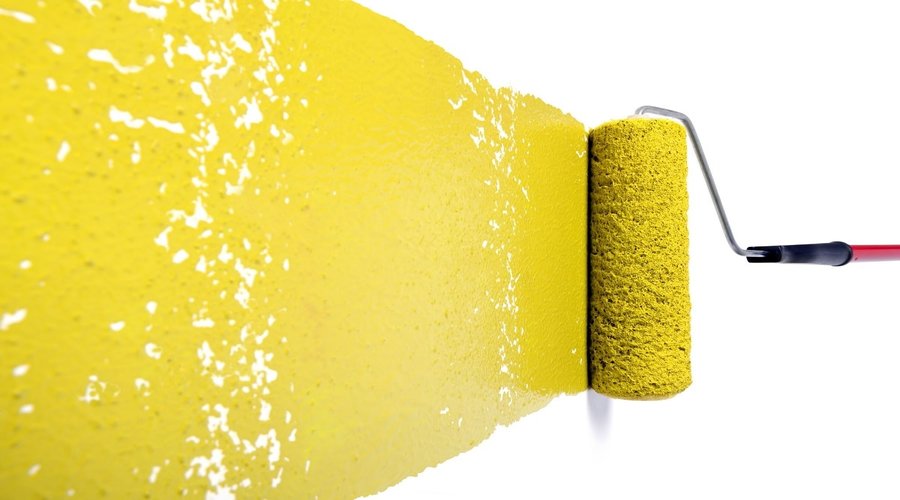
After your wall surface is all ready to be painted, make sure you run a test your colour selection onto the surface. For the effective colour testing, purchase a sample pot of the shades of your preferable colours. On a small part of your prepared surface, paint the colour samples directly. For easier comparison, consider putting two coats of the paint, as the second coat makes the actual difference.
Preparing the wall before painting is very important and it needs expert attention. With more than 20 years of experience in professional painting, Premier Painting's expert house painters in Sydney are just a call away for your every painting need. Visit our website and get a quote from us today!










